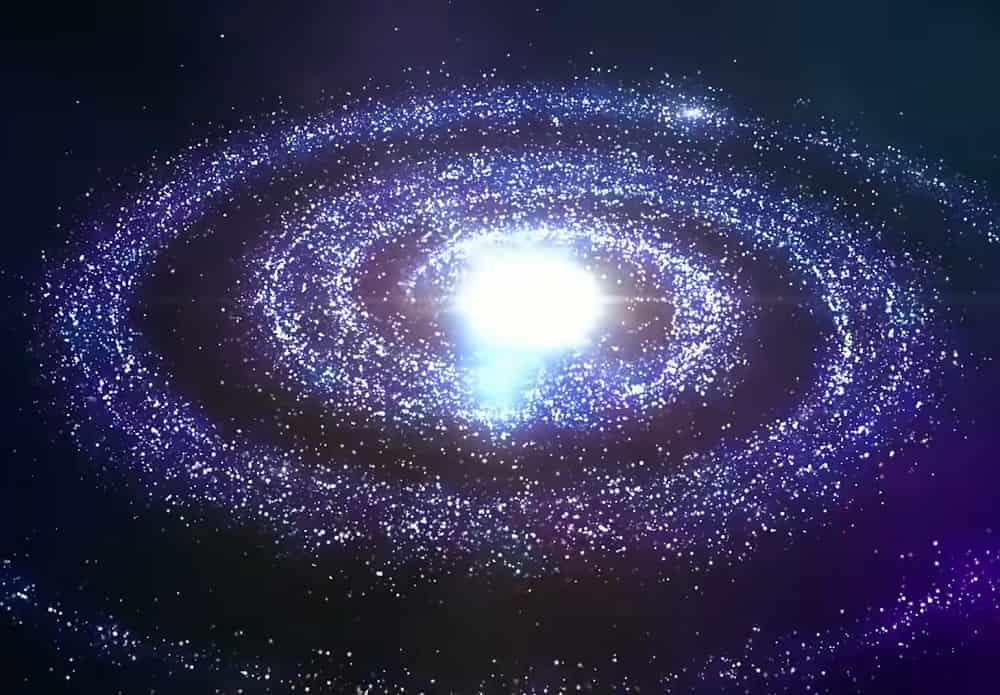In 1927, the visionary Belgian physicist and Roman Catholic priest Georges Lemaître, unveiled the groundbreaking Big Bang theory, a concept that precedes its widespread embrace by other minds. This cosmic revelation, originating in the intellect of a singular individual, transcends mere scientific discourse, encapsulating the enigmatic dance of celestial forces that birthed our vast universe.
In the cosmic symphony of evidence affirming the Big Bang Theory, a standout composition is the cosmic microwave background radiation. A delicate hum of microwave energy gracefully saturates the vast expanse of the universe, an enduring echo, and testament to the colossal birth pangs of the Big Bang. This ethereal glow stands as a celestial relic, quietly whispering the narrative of our cosmic genesis.
Based on the latest measurements, our cosmos is approximated to be a staggering 13.8 billion years old. This profound age revelation unfolds through meticulous scrutiny of the cosmic microwave background and a discerning analysis of the universe's expansive rhythm. Exploring the cosmic records, scientists meticulously decode the temporal tapestry, assembling the grand saga of our universe's evolving narrative.
Embedded within the fabric of the Big Bang Theory is the notion of an ever-expanding universe. The origin of this cosmic expansion, a revelation attributed to the visionary astronomer Edwin Hubble, resounds through the corridors of time, enduring relentlessly into the contemporary era. The cosmos, an expansive canvas, continues its silent ballet of growth and transformation, a testament to the perpetual dynamism that defines our celestial home.
At the heart of the theory lies the proposition that the universe commences as a singularity—a focal point of infinite density and temperature, where the conventional laws of physics falter and dissolve. The enigma of singularity poses a formidable challenge to our comprehension of the universe, beckoning us to venture beyond the limits of our current understanding and grapple with the profound mysteries concealed within the cosmic cradle of origin.
The Big Bang theory unravels the mystery behind the genesis of light elements, such as hydrogen and helium, during the infancy of the universe. In the cosmic chronicle, heavier elements like carbon and oxygen emerge onto the celestial stage at a later act, born within the fiery crucibles of stellar cores. This celestial tale unfolds a narrative of elemental orchestration, a symphony of creation progressing through stages, with each element contributing a unique role to the cosmic composition.
While the Big Bang theory offers insights into the universe's genesis, it leaves vast cosmic territories uncharted. Much of the cosmic narrative is believed to be steered by dark matter and dark energy, enigmatic entities that constitute the majority of our cosmos. Yet, these cosmic architects remain shrouded in mystery, their roles in the cosmic drama veiled in uncertainty. The vast expanse of our cosmic understanding awaits the revelation of these elusive forces, still cloaked in the obscurity of the cosmic unknown.













0 comments:
Post a Comment